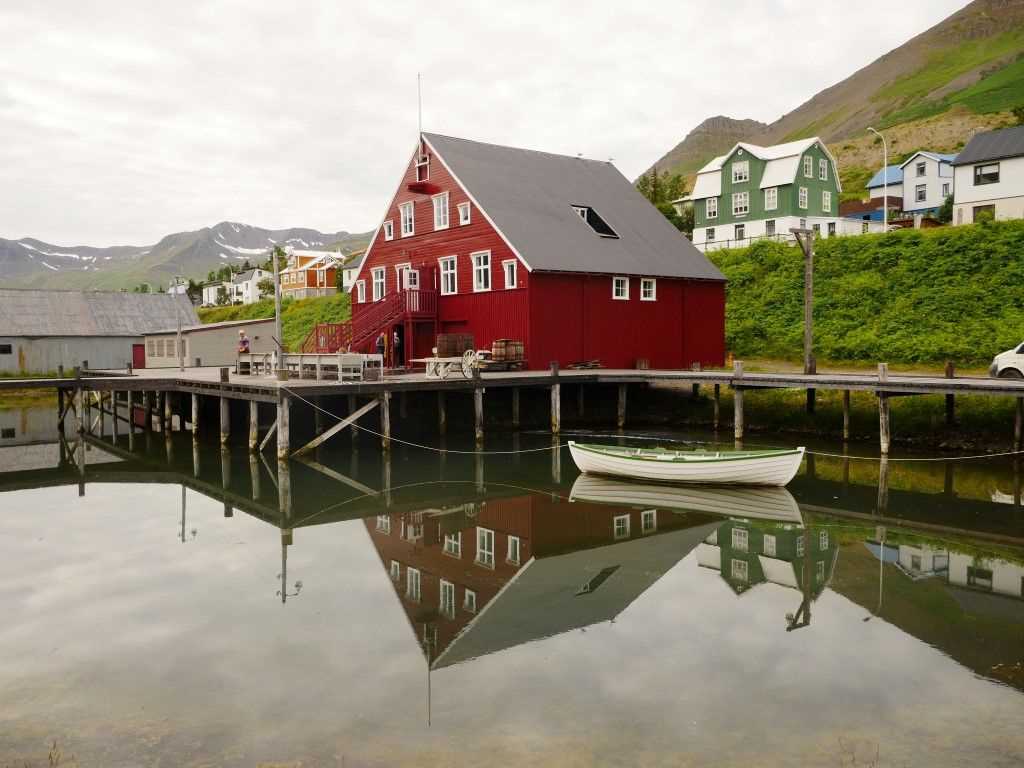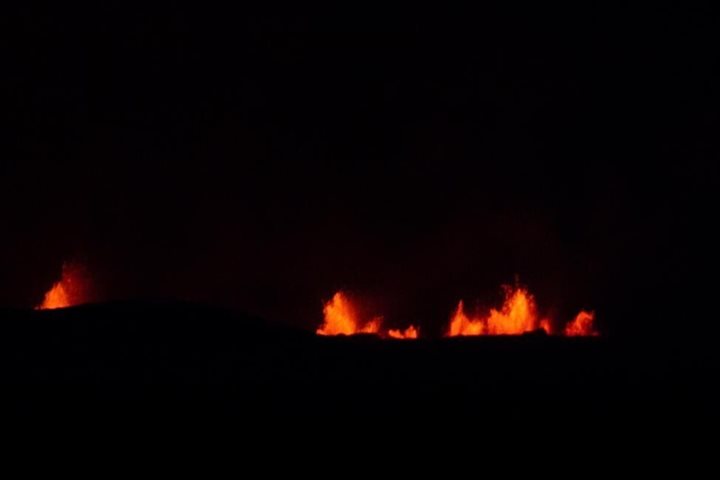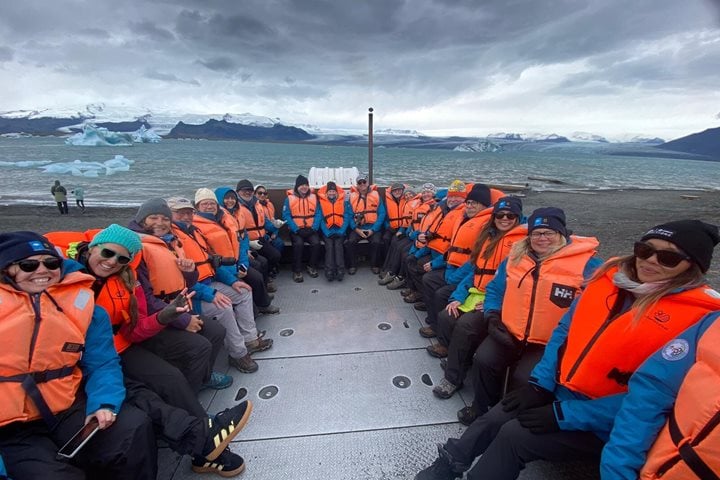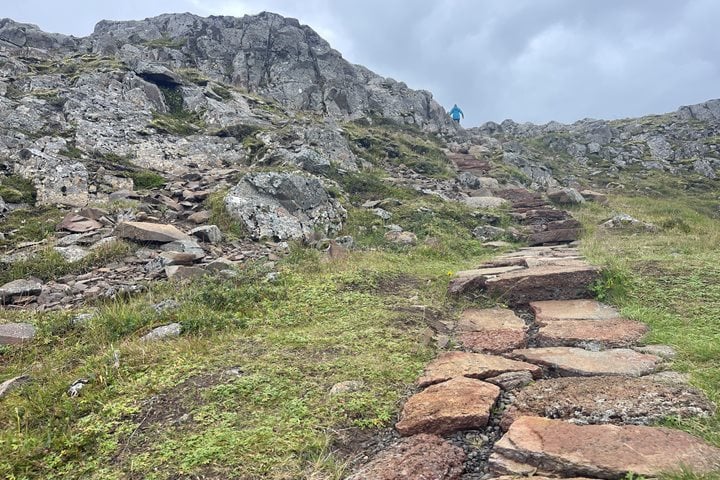With perfect Icelandic summer weather, National Geographic Orion arrived to Siglufjörður first thing in the morning. Siglufjörður is a small fishing village of about 1200 people, located in a narrow fjord with the same name as the town. Siglufjörður was known as the Klondike of Iceland because of its lucrative commercial herring fishing industry that lasted from 1903 until the collapse of the herring stocks in 1969 due to over fishing. Today Siglufjörður is known for its world class Herring Museum that has won many awards, including the European Museum Award for the best new industry museum.
After we visited the museum some of us went Icelandic horseback riding. Local horses are unique to Iceland and are regarded with such pride that no other breeds can be brought in to the country for fear of compromising their qualities. National Geographic Orion continued down the fjord Eyjafjörður to Akurejri, the fourth largest municipality urban area after Reykjavík, Hafnarfjörður, and Kópavogur. Due to its size and important port and fishing centre, Akurejri is known as the Capital of North Iceland. This was not always the case, though, as Akurejri was originally settled in the 800s by the Nose Viking Helgi magri (the slim) Eyvindarson. It did not get municipal charter by the king of Denmark, who ruled Iceland at that time, until 1786. But, Akurejri lost in 1836 because it never grew its population. In the 20th century, all over Iceland people moved from the countryside to the towns and Akurejri grew to its current population of 18,190. Akurejri today is a lively town with a university, complete with a music scene. We were treated to the lovely folk music today.







